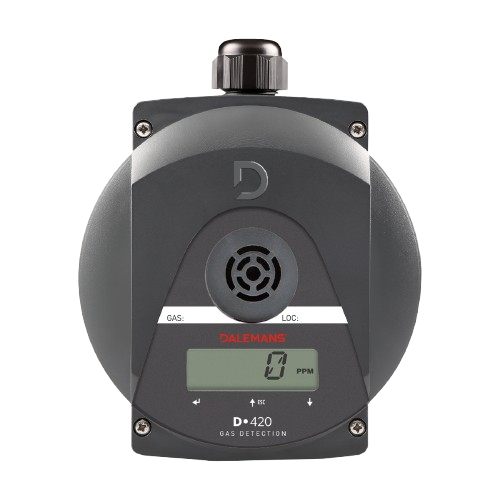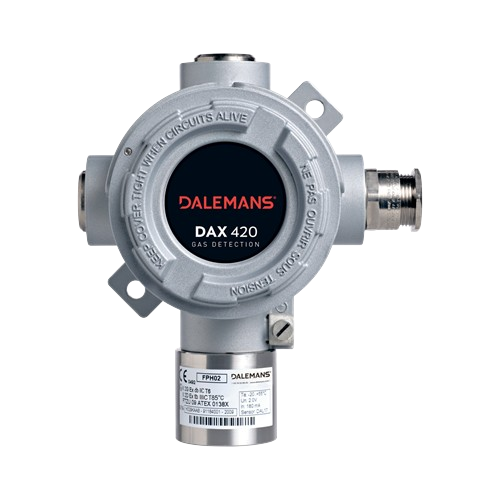Carbon dioxide (CO₂) : detecting a discreet but dangerous gas with Dalemans solutions
Carbon dioxide (CO₂), an odorless and hazardous gas, is present in many environments. Discover how Dalemans secures laboratories and industries with its CO₂ gas detection solutions.
Introduction
Carbon dioxide (CO₂) is much more than just a gas in the natural respiration cycle : at high concentrations, it becomes an invisible hazard, odorless and harmful danger to human health. Without proper detection, this gas can accumulate and pose asphyxiation risks, especially in enclosed environments.
In critical sectors such as laboratories or refrigeration facilities, effective CO₂ detection is essential. Since 1985, Dalemans, a European leader in gas detection, has been providing reliable and innovative detection solutions to protect people and ensure infrastructure safety.
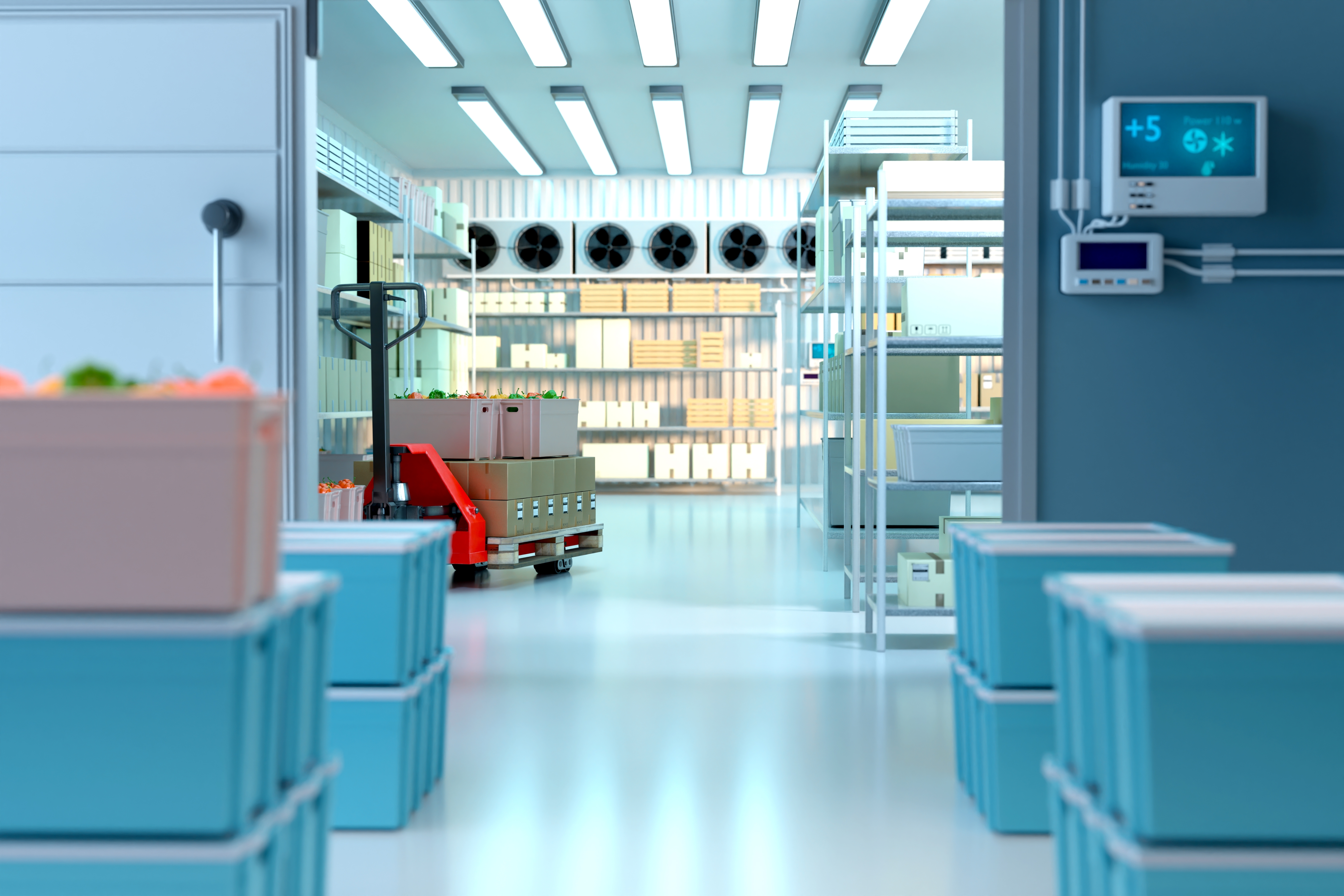

The dangers of carbon dioxide
A silent but potentially fatal gas
CO₂, although not toxic in itself, presents a serious asphyxiation risk. At high concentrations, it displaces oxygen in the air, causing progressive asphyxiation with symptoms such as headaches, dizziness, loss of consciousness, and in extreme cases, death.
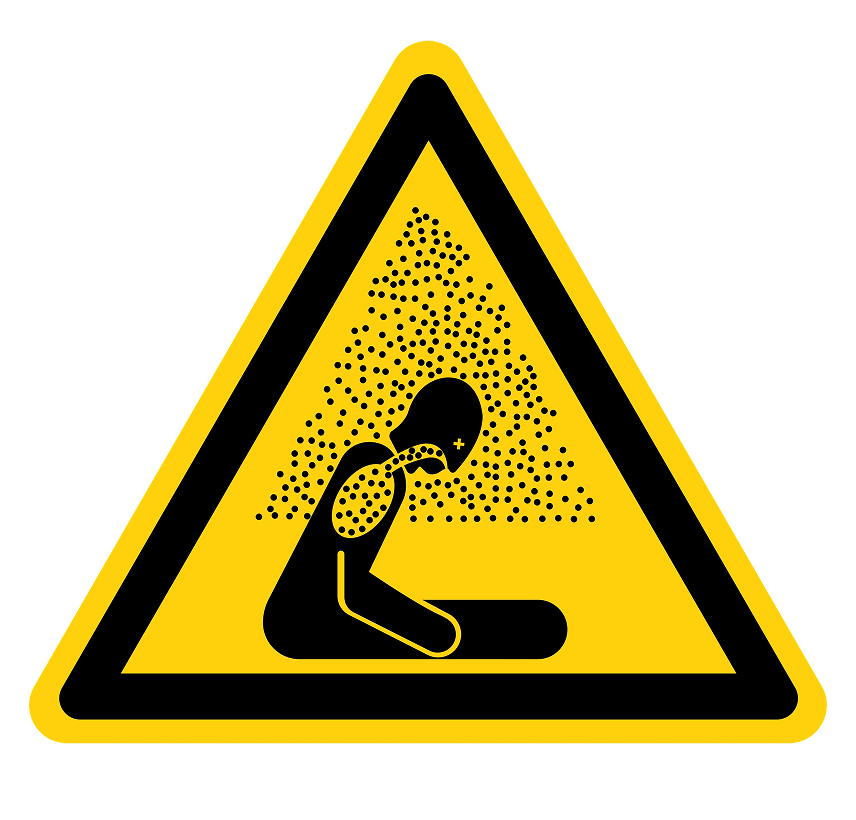
Here are the concentration thresholds you should never ignore :
- 0.04% vol : natural level in ambient air
- 0.5% vol : occupational exposure limit
- 1% to 3% vol : increased respiratory rate
- 5% vol and above : severe effects and potentially fatal risks
Source : Health and Safety Executive (HSE), General hazards of carbon dioxide – Workplace Exposure Limits (EH40/2005)
Poor ventilation or a leak can cause a CO₂ build-up without anyone noticing.
Where is carbon dioxide found ?
Present in a variety of environments
CO₂ is present in many professional sectors, often at dangerous levels if detection and ventilation are inadequate :
- Industry :
- Use of CO₂ as a refrigerant (is it then called R-744), with a risk of leaks in cooled areas
- Use as a shielding gas in welding
- As a fire extinguishing agent
- CO₂ is found in carbonated beverage bubbles
- CO₂ is the main gas responsible for the rising of bread dough, produced by yeast during fermentation
- CO₂ is used in greenhouses to stimulate plant growth
- 1 kg of dry ice produces about 541 liters of CO₂. As it sublimates, the dry ice turns into carbon dioxide, which can accumulate in a confined space
- Research laboratories : CO₂ may be used in certain experiments or preservation systems
- Public spaces (theaters, swimming pools, schools) : enclosed spaces where CO₂ can build up quickly without adequate ventilation
In all these environments, continuous detection is essential to prevent asphyxiation risks and ensure compliance with safety standards.
Dalemans CO₂ detection solutions
Advanced technology for maximum safety
Dalemans offers high-precision fixed CO₂ detectors using infrared technology, capable of measuring CO₂ concentrations in the air with high accuracy and alarm thresholds configurable to meet regulatory requirements.
The measurement range corresponds to the full-scale measurement value (ppm, % vol), i.e., the highest gas concentration measurable.
These detectors are connected to Dalemans gas detection control panels, either analog or CAN bus-based, allowing data centralization and effective alerts (sirens, automatic ventilation, warning lights, etc.).
The D•420 explosive or toxic gas detector is designed for light commercial and industrial buildings, laboratories, and refrigerated rooms.
D.420 IR – CO₂ 5000 ppm and D.420 IR – CO₂ 4% vol
The DAX 420 detector is ATEX certified, making it especially suitable for industrial applications in explosive gas zones 1 and 2.
DAX 420 IR – CO₂ 5000 ppm and DAX 420 IR – CO₂ 4% vol
Detection solutions tailored to each sector
Dalemans provides a full range of detection solutions for various environments, including industrial, tertiary, and refrigeration sectors. Discover three key systems :
🔧 S.Lx – the solution for complex sites
Ideal for large-scale sites such as laboratories or industrial facilities, this panel can manage dozens of detectors and enables precise monitoring of gases like CO, CO₂, or NO₂. It also controls safety systems such as ventilation and visual/audible alarms.
❄️ U•C2 – refrigeration facility safety
Specifically designed to monitor refrigerant gas leaks like CO₂, NH₃, or Freon, the U•C2 panel, combined with the D•420 detector, triggers specific actions such as shutting down cooling units or activating ventilation to ensure a swift response.
🧪 U•V6 – ideal for small laboratories
This control unit, with six detection channels, monitors various gases (CO, CO₂, NO₂, CH₄...) and provides custom alarm management based on detected concentrations.
Thanks to high-precision detectors like D•CAN or D•420, Dalemans offers smart, adaptable solutions to meet any safety need. Integration with control units allows automated actions based on detected gases and configured thresholds.
Tell us about your project
Do you have a project or specific gas detection requirement ? Leave your contact details and a Dalemans expert will get back to you.
Why trust Dalemans ?
A trusted expert since 1985
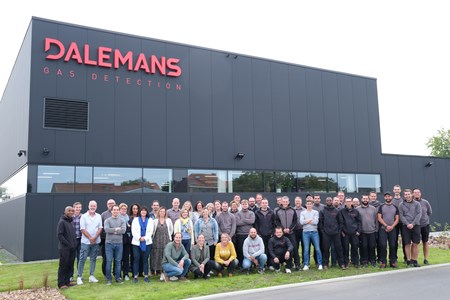
Since its founding, Dalemans has supported companies with gas detection, combining technological innovation and a strong commitment to quality.
Why choose Dalemans :
- Recognized expertise in HVAC and industrial sectors
- Precisely calibrated CO₂ detectors, tested in real conditions
- Personalized support throughout your project : audit, installation, maintenance
Our solutions comply with European safety standards and help reduce incident-related costs while ensuring optimal facility safety.
“Effective CO₂ detection not only saves lives : it also safeguards the long-term viability of your installations.”
Dalemans
Conclusion : protect your installations with Dalemans
Carbon dioxide, though invisible, represents a serious safety risk. Thanks to Dalemans’ expertise and tailor-made detection solutions, you can effectively protect your installations and ensure your team's safety.
Have a specific project in mind ? Contact a Dalemans expert for a personalized assessment of your CO₂ detection needs.

